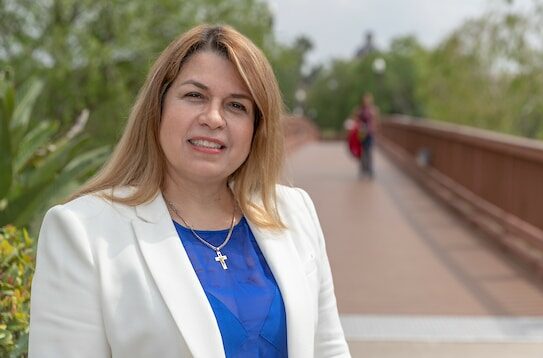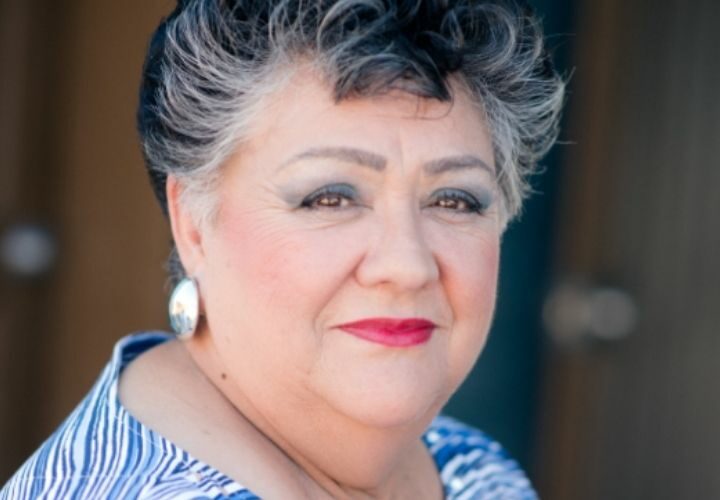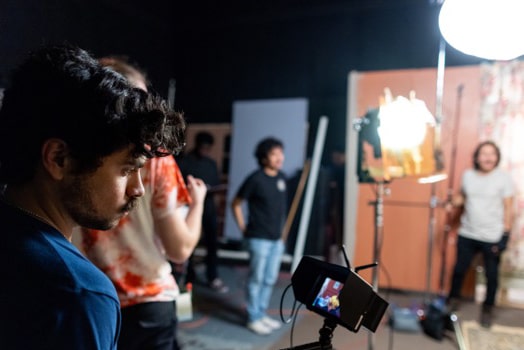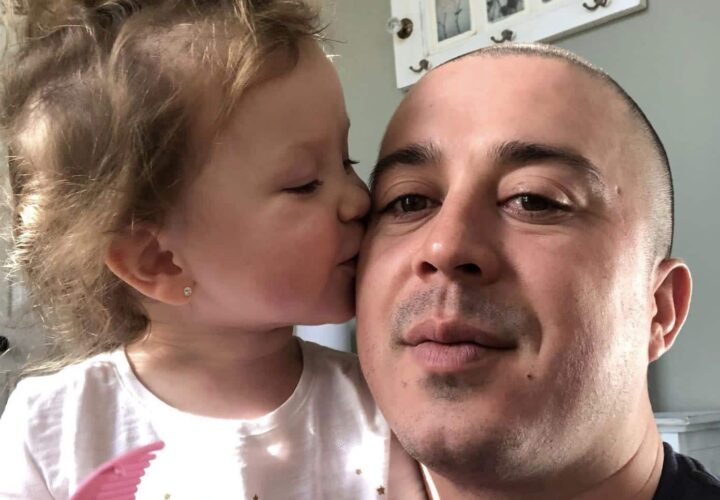At a first-of-its-kind Alzheimer's research center in Texas's Rio Grande Valley, director Gladys Maestre is taking on a mammoth task: Boosting awareness and diversifying research around a disease that is more prevalent here than anywhere else in the U.S.
This article is part of the series Diversity & Dementia, produced by Being Patient with support provided by Eisai.
In Southern Texas’s Rio Grande Valley, researchers are working to address some of the highest rates of Alzheimer’s in the United States. In some stretches of this economically disadvantaged region, people aged 65 and older are almost twice as likely to be diagnosed with Alzheimer’s than the national average.
A 20-minute drive from the Texas-Mexico border, at the University of Texas Rio Grande Valley Dr. Gladys Maestre, MD, PhD, and her team are working to address this massive discrepancy, connecting their community with critical information about brain health and Alzheimer’s risk — and getting them involved in research.
Maestre found in recent research that the rate of memory loss among older adults in this part of South Texas is higher than anywhere else in the U.S., with as many as one in every four older adults in Texas’s Starr and Zapata counties living with Alzheimer’s or another form of dementia.
“Let me tell you, I think it’s actually even higher,” Maestre told UT RGV’s The Newsroom of those stats, which were determined by looking at people on Medicare who are documented as receiving Alzheimer’s treatment services. “There are people who are not part of the healthcare system.”
And, this rate is climbing: According to data compiled by the Alzheimer’s Association, Texas’s Alzheimer’s case load is expected to grow by another 22 percent between 2020 and 2025.
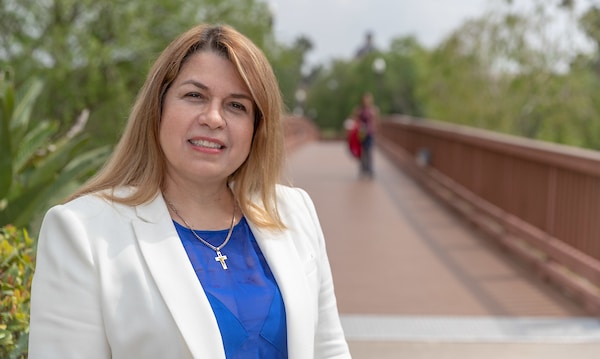
Maestre was originally born in Venezuela. With decades of Alzheimer’s research under her belt, she was a member of the Columbia University faculty when she decided, in 2016, to take a post at UT’s Rio Grande Valley School of Medicine, where she felt she could make a bigger impact. She received $6 million in grant funding to jumpstart a research program there, and in 2021, the National Institute on Aging awarded a 14.8-million-dollar grant to Maestre to open an Alzheimer’s Disease Research Center (ADRC) location at University of Texas Rio Grande Valley, the Alzheimer’s Disease Research Center for Minority Aging Research (AD-RCMAR). She received the grant with neurology professor Sudha Seshadri at the University of Texas Health Science Center at San Antonio to open a location of the ADRC there as well.
Today, Maestre is the director of the AD-RCMAR — and she is all too familiar with the racial and ethnic disparities in certain regions and populations, including here in the Rio Grande Valley. To cut to the heart of the problem, her team at University of Texas medical school and their colleagues at nearby universities knows they need to take a completely different approach than institutional Alzheimer’s research has taken to date.
Addressing an urgent need in the Rio Grande Valley
This ADRC in the Rio Grand Valley is built to fill a gaping void: As pointed out in a feature by STAT news, Alzheimer’s research centers have typically been concentrated in areas that don’t have Alzheimer’s rates anywhere near as high as those of Texas’s Rio Grande Valley. And according to the Health Resources & Services Administration, all four counties in the Valley are classified as “medically underserved,” meaning there is a lack of primary care doctors and other medical professionals.
Meanwhile, that healthcare desert is compounded by factors like low socioeconomic status and higher rates of health issues like cardiovascular disease, diabetes, high blood pressure, obesity and depression — all of which are associated with a higher risk of developing Alzheimer’s, especially in Hispanic or U.S. Latino populations, according to the NIA. In a region like the Rio Grande Valley, these risk factors are amplified due to the socioeconomic status of its residents as well as the lack of health resources available.
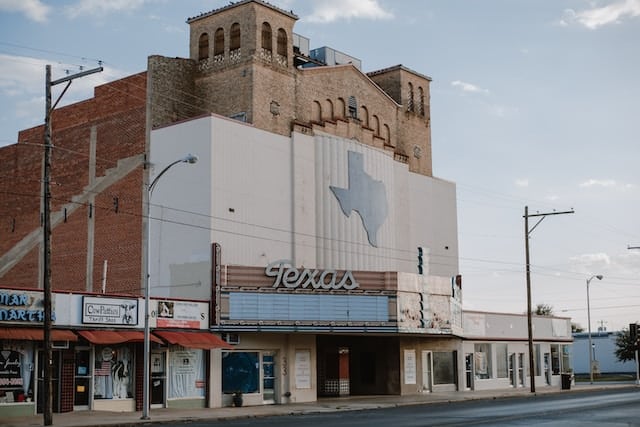
Maestre told STAT that examining these environment and familial ties in communities that have been overlooked or ignored in Alzheimer’s research could be the key for better understanding the way Alzheimer’s affects Hispanic people: “If we bring diversity, not just check the box, but include the experiences of these people,” she said, “we’ll have a better chance of understanding what’s affecting memory.”
But getting the Latino community involved in research has been challenging to date, she said. The way it’s currently done is just not working. “It is the modus operandi of 99 percent of Alzheimer’s centers: High-risk patients get sick, go to the doctor, and get invited to participate,” she said in the STAT interview. “It’s encouraged by the NIH because it’s cheaper, but this is why there are no Hispanics. You need to go to the population.”
To help solve this problem, Maestre and her colleagues, in order to build a community in the lower Rio Grande Valley, deployed and trained local community health workers, known as promotores in Spanish, to do just that — go into the communities and help neighbors with health issues, advocacy, awareness and other needs around healthcare. In Maestre’s program, these promotores have started making home visits, calling on people whom they know may be impacted by Alzheimer’s and asking if those folks have any interest in learning about Maestre’s research.
This isn’t a one-way ask, Maestre says. “They want to talk, to cry, to share,” she said. “I may be interested in Alzheimer’s. They may be interested in how to get their grandson treatment for addiction, or in vision, glaucoma treatment, and cataracts.”
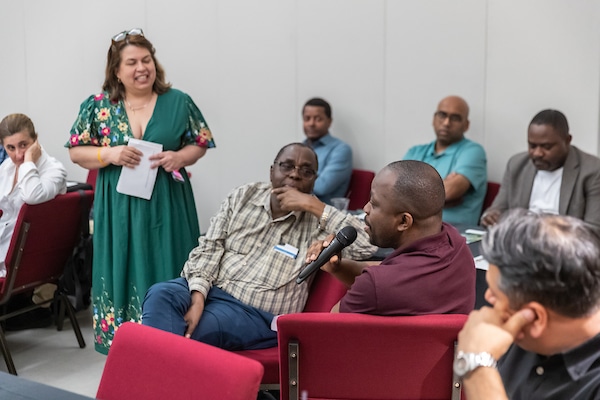
In research, diversity really does make a difference
The research to advance Alzheimer’s care is “underdeveloped and insufficiently diverse with respect to ethnic representation,” Maestre and two co-authors wrote in a report. “Gaining trust in communities and presenting information about research studies in a way that is culturally appropriate is critical for engagement of underserved communities.”
Two studies published at the end of 2022 share Maestre’s sentiment that engagement plays a key factor in diversifying participant pools in clinical trials and research as a whole.
Researchers at the University of Miami, in collaboration with doctors from Puerto Rico, Peru and Africa, pushed to effectively engage with communities to enhance their research. The Puerto Rican population is the second largest Hispanic group in the United States. In Puerto Rico, 12.5 percent of the population aged 65 and older are living with Alzheimer’s.
As a result of their research of diversified participants, the researchers may have uncovered a genetic variant that would give reason to why those in Puerto Rico have a higher susceptibility to be diagnosed with Alzheimer’s.
Another study, published in October 2022 led by researchers at University of California San Francisco, Vanderbilt University Medical Center and the Alzheimer’s Association, found that fewer Asian, Black and Hispanic patients were eligible for treatments focused on slowing amyloid plaque build up, as these groups’ cognitive impairment may be a result of other forms of dementia independent from amyloid plaques.
“By working together, we are building infrastructure and a system for data collection that will attract and support diverse expert multidisciplinary researchers,” Maestre said, “so we can expand this important research aimed at reducing the impacts of Alzheimer’s disease on families in South Texas and beyond.”
